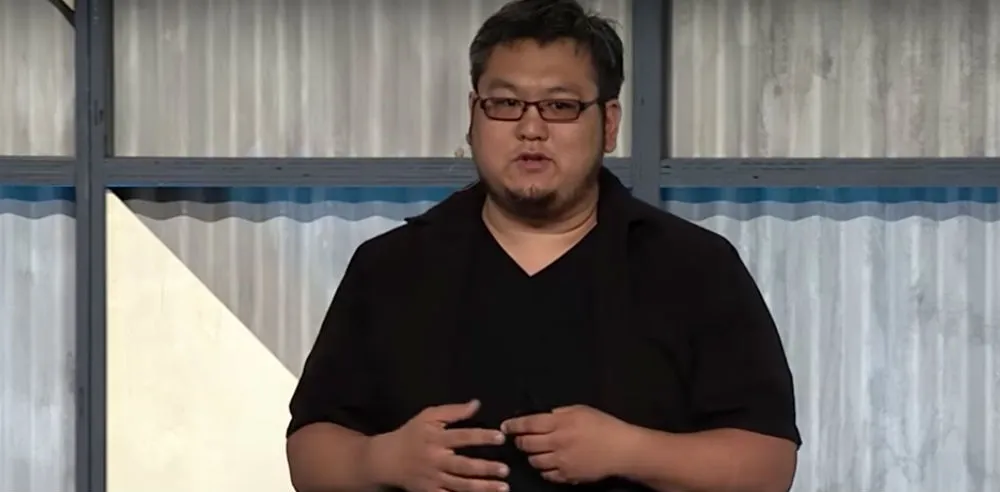CES saw the reveal of the ASUS ZenFone AR, which should be the first phone to put both Google’s depth-sensing Tango augmented reality technology into the same device as the Daydream virtual reality platform. The phone is expected to ship in the coming months.
The AR functionality was shown live on stage at CES by Google’s Johnny Lee, who heads up the Tango team. Google has shown a Hot Wheels app (onstage) and Jenga (shown previously) as realistic digital representations of otherwise classic gaming experiences inserted believably into your environment. A GAP app shown at CES, however, hinted at AR technology’s enormous potential to save folks time. It overlayed clothes of varying sizes seamlessly onto a floating model in the living room, with each outfit draping realistically over different body types.

And as countless CES attendees navigated the endless casino hallways, so many of us could have saved time if we’d been given step-by-step directions. All it would take are little dots overlaid on the carpet ahead shown on the phone’s screen — something that has been shown with Google Tango in the past.
ZenFone AR was offered for hands-on after the event with its VR mode in a standard Daydream View headset, showing how the phone could be a tempting development device as it would let creators test apps for both Tango and Daydream. The ZenFone AR doesn’t integrate the separate mixed reality technologies, instead offering them separately on the same device. The device, however, may help developers prepare themselves for potential next steps in future devices when Google is likely to merge the two sides of its mixed reality development in Android.
“We’re excited about it. There’s no committed timeline for it of course. A lot of it has to do with, how well do we expect to see the overall performance,” said Lee, in an interview with UploadVR at CES. “VR has a lot of compute requirements. Tango has a lot of compute requirements. So when you start running them together…things like thermals and heating become an issue….as we work on testing out the hardware and testing out the software, we’re definitely excited about the potential of the two coming together.”
Lee said they are improving Tango tracking with each update, saying “every month we’re doing improvements.” Though he enjoys the games, Lee is looking forward to mixed reality apps like indoor navigation and shopping experiences to meaningfully change people’s lives.
“I really get excited when I see” people provided genuine value, Lee said. “Ultimately, to me, it means either saving people time or money…I really like gaming and enjoy it as an entertainment experience, but when I see things like the shopping experience and the utility apps and indoor navigation, all of those genuinely have the ability to save people time or money.”
It is a long year ahead with Facebook, Intel, Qualcomm and Microsoft already showing off VR headsets that can track their location without external sensors. This is the dream of what Google could do when it merges Tango and Daydream into a single mixed reality platform, and there is a lot of time left in the year for Lee to show off Google’s progress. Previously, Lee teased “there’s a whole new class of products that could be made” when our gadgets know their precise location within a given space.


























